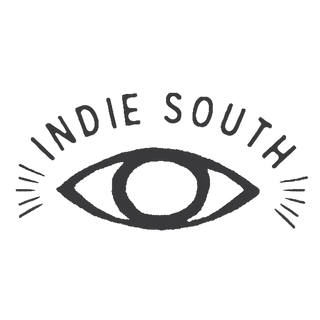Since we began to offer more tarot products and classes - from unique indie decks to our popular quarterly Foundations of Tarot class and our bi-weekly Tarot & Tea series - we're asked more and more... "What is tarot?"
If you're curious about what tarot cards are, how they work, and how you can start your own tarot practice, read on!
What is Tarot? What are tarot cards?
The history of tarot is long and fascinating but for brevity's sake the tarot began as a deck of playing cards. During the late 18th century, some began to use the cards as a tool for divination, cartomancy, and some even used the tarot for fortune-telling.
A typical tarot deck has 78 cards containing symbolism through imagery, color, and numerology. The cards are divided into two distinct parts:
The Major Arcana - 22 cards that represent life's evolution, lessons, archetypes, and more.
The Minor Arcana - 56 cards - organized in four "suits - that represent more of the everyday challenges, trials, and joys of the human experience. Within the Minor Arcana, there are also 16 "court cards" (Pages, Knights, Queens, and Kings) that represent personality types and characteristics that we encounter within ourselves and with others.
How do tarot cards work?
This is where you're likely to get varying answers, even among veteran practitioners. From accessing our subconscious to fortune-telling and everything in between... there are many ways to use tarot cards in your everyday spiritual practice or when reading for others.
In our Foundations of Tarot class, we explore Tarot from the Hermetic esoteric perspective, with discussions of both analytical and intuitive reading modalities.
Benebell Wen, author of Holistic Tarot, phrases it well when she says: "We know the answers to our own questions already, but the answers are latent within our subconscious. The tarot helps us extract that information from our own subconscious." (We stock Holistic Tarot in our brick & mortar shop and give it a 5-star recommendation to anyone wanting to learn more about tarot from an analytical approach.)
From this perspective, tarot can be used as a tool for meditation, insight, and even divination on the questions we have or challenges we face. One of the most powerful and accessible ways to use tarot is in accessing your intuition, inner wisdom, inner voice... whatever you name it! The imagery in the cards helps access that voice so we can move forward and make decisions for our highest good or problem-solve during a challenge.
What's the best way to learn tarot?
While there are many ways to learn tarot, the method we teach and encourage beginners to use in their learning is analytical. The Tarot was created intentionally using color, imagery, numerology, and the four elements to create symbolism on each card.
An "academic" approach to learning tarot is useful in developing an understanding of how the cards work and relate to one another in a reading. As one begins to understand and incorporate their analytical learnings, more "intuitive" reading is easy to access.
Want to learn tarot with us?
Join us for one of our quarterly Foundations of Tarot workshops or come meet other tarot curious beginners and practitioners at our bi-weekly Tarot & Tea meetups.
Are you a self-learner? Come in the shop and pick up one of our books or educational resources on all things tarot! We carry a selection of books that feature a wide range of perspectives and tarot history as you start to use tarot in your personal practice or expand your knowledge on the cards.
We LOVE talking tarot in the shop! From helping you pick out your first or next deck to riffing on your questions and curiosities. Come on in and let's talk tarot!
We're always creating new ways to serve our community through classes, products, and resources... join our email community below to stay tuned into what's ahead!


jgdcSbDwOWZstQr
jeUZnlyExwFC
eovuqBykNMs
rZLVhfNewmF
HIUVWtYNXoij
bShmcvpZsozxd
pQmJzxeLPFAVt
ykjcdVixeb
oVhMnTWLPRmZtuQC
cUNvIFlJbi